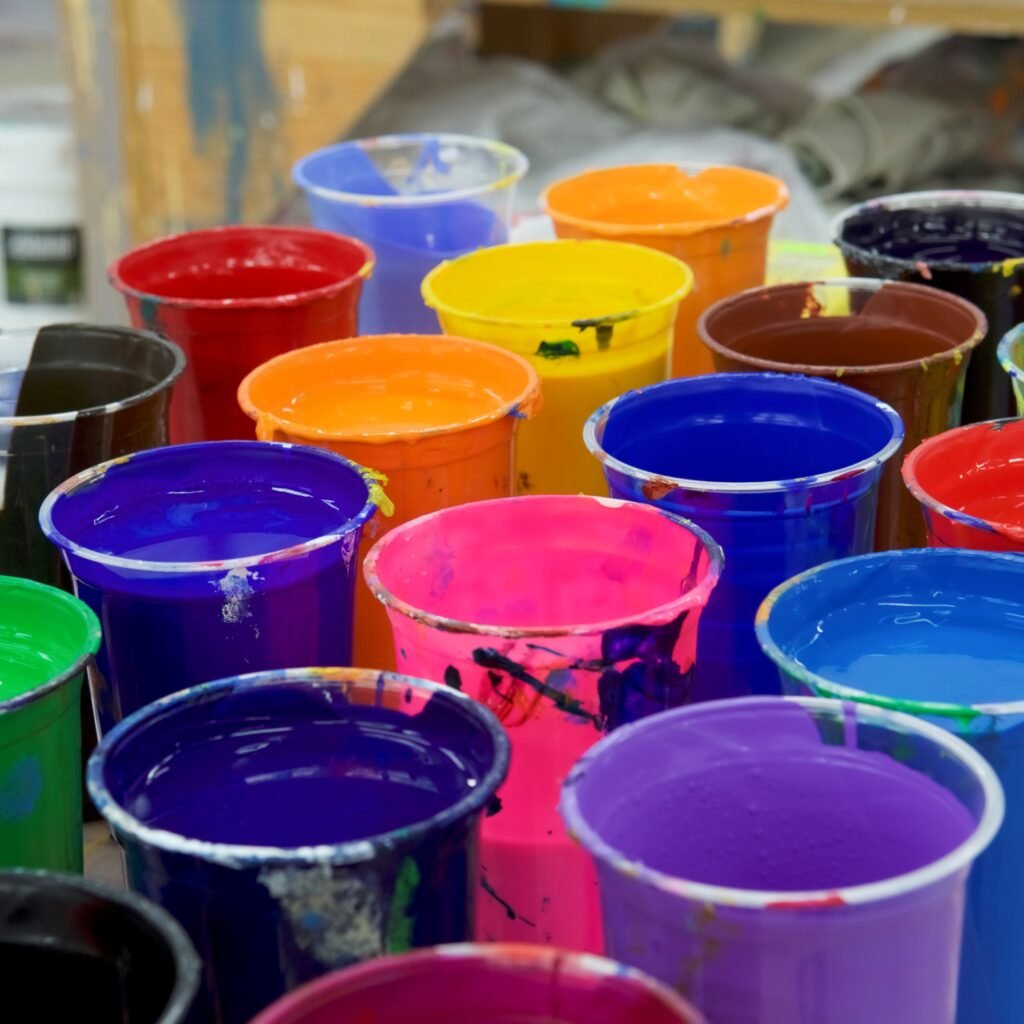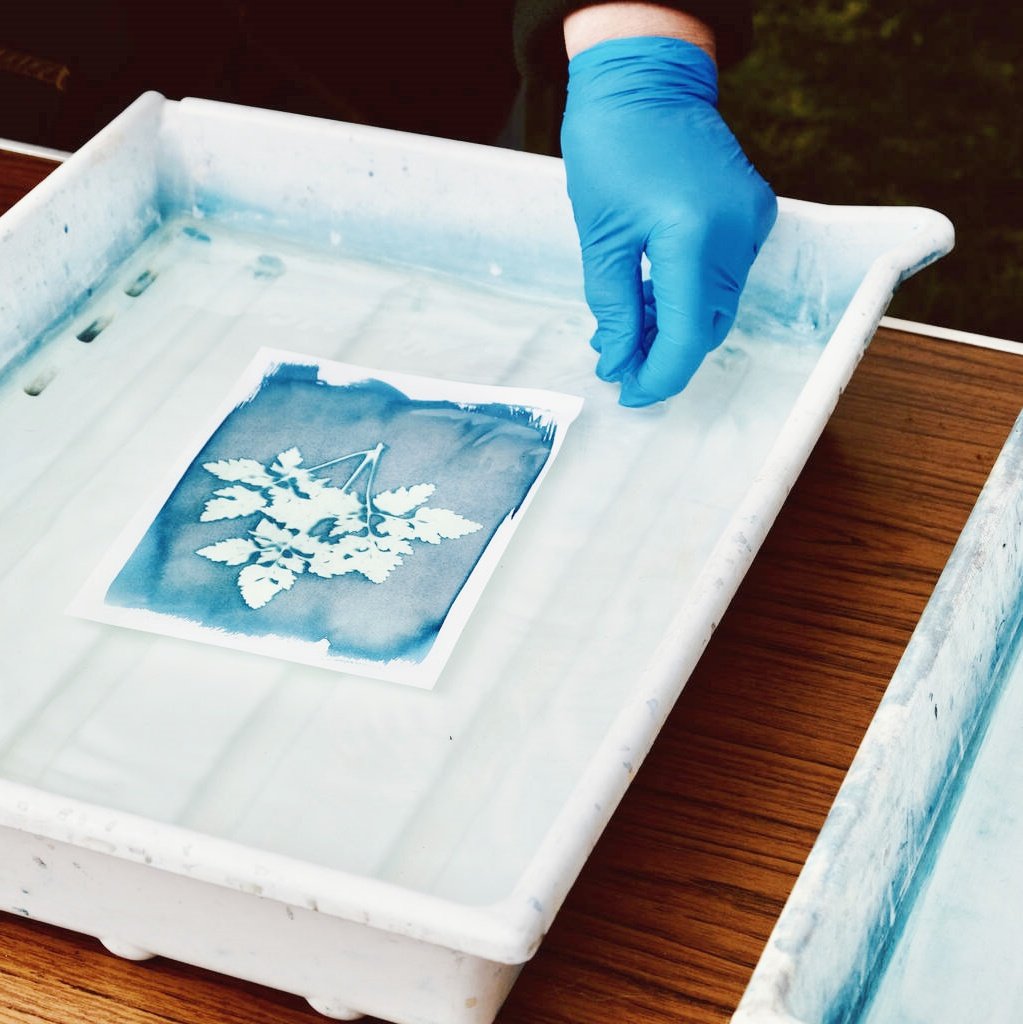In the field of screen printing, Plastisol Ink is highly favored for its vivid colors, excellent coverage, and durability. However, when it comes to cleaning Screen Wash Plastisol Ink, many printers may feel confused. This article will delve into the cleaning methods for Screen Wash Plastisol Ink, while also covering other related topics such as color systems, oven settings for ink curing, shelf life of plastisol ink, and the use of shimmer inks, to help you better master this crucial skill.
I. Understanding Screen Wash Plastisol Ink
Screen Wash Plastisol Ink is specifically designed for screen printing, combining the superior performance of Plastisol ink with ease of cleaning. This ink performs well during the printing process, but proper cleaning methods are crucial for maintaining optimal equipment condition and extending its lifespan after use.
II. Cleaning Steps for Screen Wash Plastisol Ink
1. Prepare Cleaning Tools
Before cleaning, you will need to prepare some necessary tools, including specialized ink cleaners, soft brushes, clean cloths or paper towels, and appropriate containers. Ensure that these tools are clean and suitable for ink cleaning.
2. Preliminary Cleaning
First, use a soft brush to gently brush away excess ink on the screen. This step helps remove surface ink residue, laying the foundation for subsequent deep cleaning.
3. Apply Cleaner
Pour an appropriate amount of ink cleaner into a container, then use a cloth or paper towel dipped in cleaner to gently wipe the screen. The choice of cleaner should be determined based on the type of ink and cleaning requirements. For Screen Wash Plastisol Ink, using a specialized cleaner usually yields better results.
4. Deep Cleaning
If there is still ink residue after preliminary cleaning, you can use more intense cleaning methods such as soaking or high-pressure rinsing. However, please note that these methods may cause some damage to the screen, so they should be used cautiously. During soaking or rinsing, ensure that the cleaner fully covers the entire screen and leave it for a period to thoroughly remove the ink.
5. Rinsing and Drying
After cleaning, thoroughly rinse the screen with clear water to remove all cleaner residue. Then, let the screen air dry or dry it with a clean cloth. Ensure the screen is completely dry before using it again to avoid problems caused by ink residue.
III. Screenprinting Plastisol Ink Color System
When discussing the cleaning methods for Screen Wash Plastisol Ink, we cannot ignore the importance of the color system. A comprehensive color system not only aids in achieving accurate color matching but also improves printing efficiency and quality.
The Screenprinting Plastisol Ink Color System typically includes a series of basic colors and mixing tools, allowing printers to create custom colors as needed. These color systems are often based on standard PANTONE color guides to ensure color consistency and accuracy.
IV. Setting Up an Oven to Cure Plastisol Ink
Drying is an integral part of the screen printing process, directly affecting ink adhesion and durability. Properly setting up the drying oven is crucial for ensuring complete ink curing.
When setting up the drying oven, factors such as ink type, printing material thickness, and required curing temperature and time need to be considered. For Plastisol inks, they usually require baking at an appropriate temperature for a period to ensure complete curing. The temperature and time settings of the drying oven should be adjusted according to specific circumstances to achieve the best curing effect.
Although this article focuses on the cleaning methods for Screen Wash Plastisol Ink, understanding the drying process is equally important for comprehensively understanding ink use. Proper drying settings can ensure that the ink does not reattach to the screen due to incomplete curing after cleaning, thereby avoiding incomplete cleaning issues.
V. Shelf Life of Plastisol Ink
The shelf life of ink is another important factor to consider. Understanding the shelf life of ink helps avoid using expired ink, thereby ensuring print quality.
The shelf life of Plastisol ink typically depends on storage conditions, ink type, and manufacturer recommendations. Under appropriate storage conditions (such as cool, dry, and dark environments), Plastisol ink can maintain a long shelf life. However, once opened and used, the shelf life of the ink may shorten. Therefore, it is recommended to regularly check the status of the ink and replace it with new ink when necessary.
For Screen Wash Plastisol Ink, following the manufacturer’s storage and usage guidelines is key to ensuring optimal ink performance within its shelf life.
VI. Shimmer Inks Plastisol: Adding a Shiny Effect
Beyond basic cleaning and drying techniques, using shimmer inks (such as Shimmer Inks Plastisol) can add a unique visual effect to printed materials.
Shimmer Inks Plastisol is an ink with a metallic or pearlescent光泽 that can create a striking shiny effect on printed materials. The use of this ink is similar to that of regular Plastisol ink, but it may require extra attention during cleaning and drying.
To ensure the best effect of shimmer ink, it is recommended to use a gentler cleaner when cleaning the screen and avoid using overly intense cleaning methods to prevent damaging the ink’s gloss. Meanwhile, during the drying process, ensure that the ink is completely cured to avoid issues such as reduced gloss or ink peeling.
VII. Conclusion
In summary, the cleaning methods for Screen Wash Plastisol Ink are crucial for ensuring screen printing quality and equipment lifespan. By following proper cleaning steps, understanding color systems, correctly setting up drying ovens, paying attention to ink shelf life, and reasonably using shimmer inks, you can significantly improve printing efficiency and quality.
Remember, regular maintenance and upkeep are key to keeping screens and inks in optimal condition. Clean screens promptly after each use and regularly check the status of the ink to ensure your printing business remains in top shape.
Finally, don’t overlook collaboration with ink suppliers. Establishing a connection with reliable suppliers and staying informed about the latest ink technologies and product updates can help you stay competitive and meet evolving market demands.


